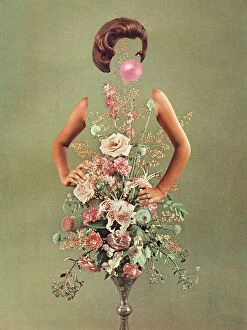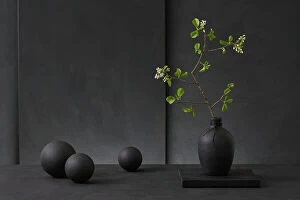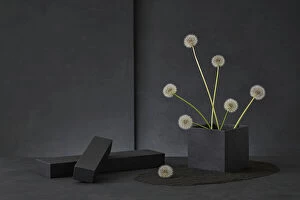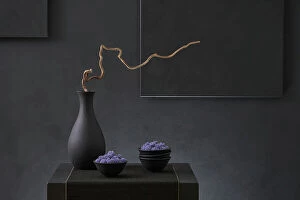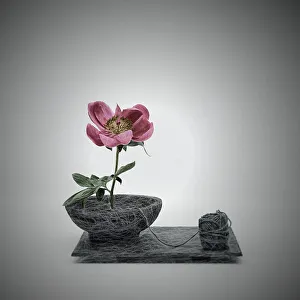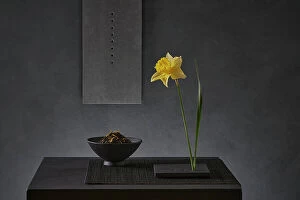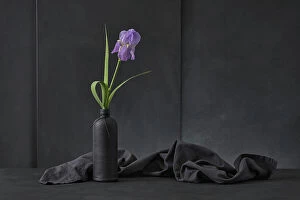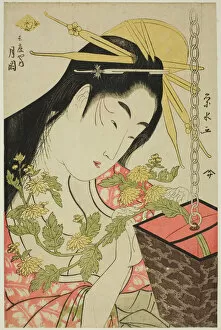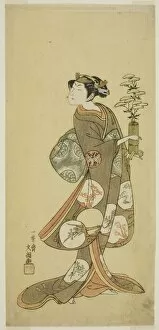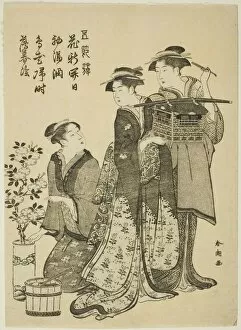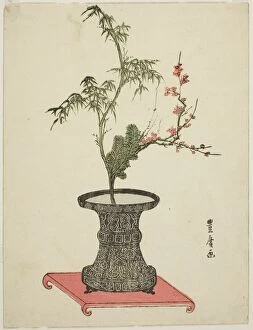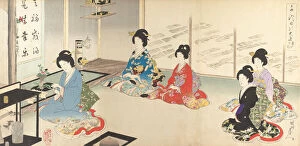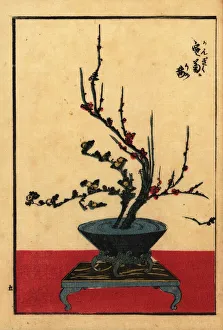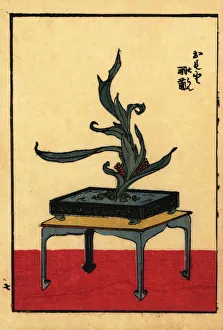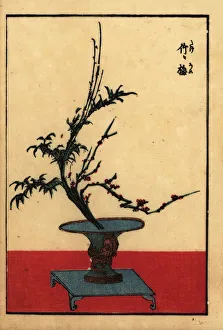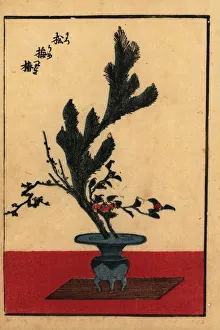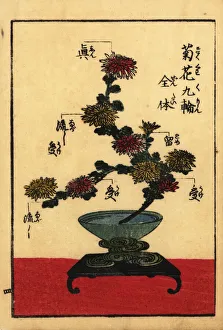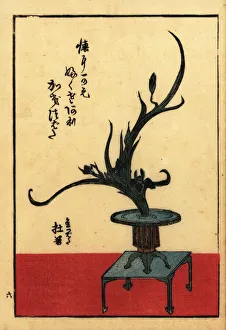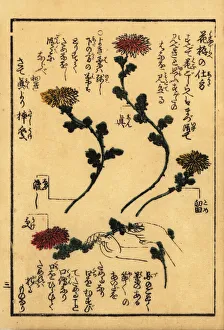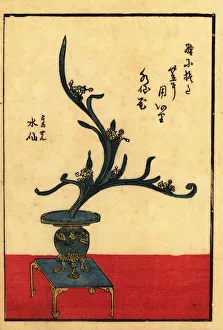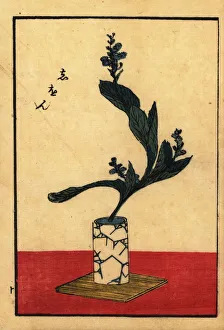Ikebana Collection
"Ikebana: The Art of Japanese Flower Arranging" Ikebana, also known as the way of flowers or kado in Japan
All Professionally Made to Order for Quick Shipping
"Ikebana: The Art of Japanese Flower Arranging" Ikebana, also known as the way of flowers or kado in Japan, is a centuries-old art form that beautifully combines nature and aesthetics. It goes beyond simply arranging flowers; it is an expression of harmony, balance, and mindfulness. In this captivating art form, every element holds significance. Take for instance the Tulipa Gesneriana N°2 and Iris Pallida - their vibrant colors symbolize life's vitality and purity. These carefully selected blooms are then placed in a Japanese-style wall hanging from circa 1900, adding an exquisite touch to any space. The Peony Ikebana Basket, with its unknown creator, showcases the ingenuity behind ikebana. Its intricate design allows for the perfect placement of White Chrysanthemums and Pinks in a Black Vase by Ippitsusai Buncho from 1765/70 – a masterpiece that transcends time. Moving on to courtesan-inspired arrangements, we have The Courtesan Hinazuru of the Chojiya by Ichirakutei Eisui from around 1795. This arrangement captures elegance and grace through delicate floral choices. Similarly enchanting is The Courtesan Tsukioka of the Hyogoya by Ichirakutei Eisui from around 1797 – both arrangements reflecting beauty in simplicity. Ishikawa Toyonobu's Courtesan Reading a Letter from circa 1745 brings together literature and flora seamlessly. Meanwhile, Katsukawa Shuncho's Women Admiring Peonies (1789/1801) portrays femininity intertwined with nature’s splendor. Lastly, we have The Actor Yamashita Kyonosuke I in a Female Role by Ippitsusai Buncho (c. 1769), showcasing how they are be used to enhance theatrical performances.

